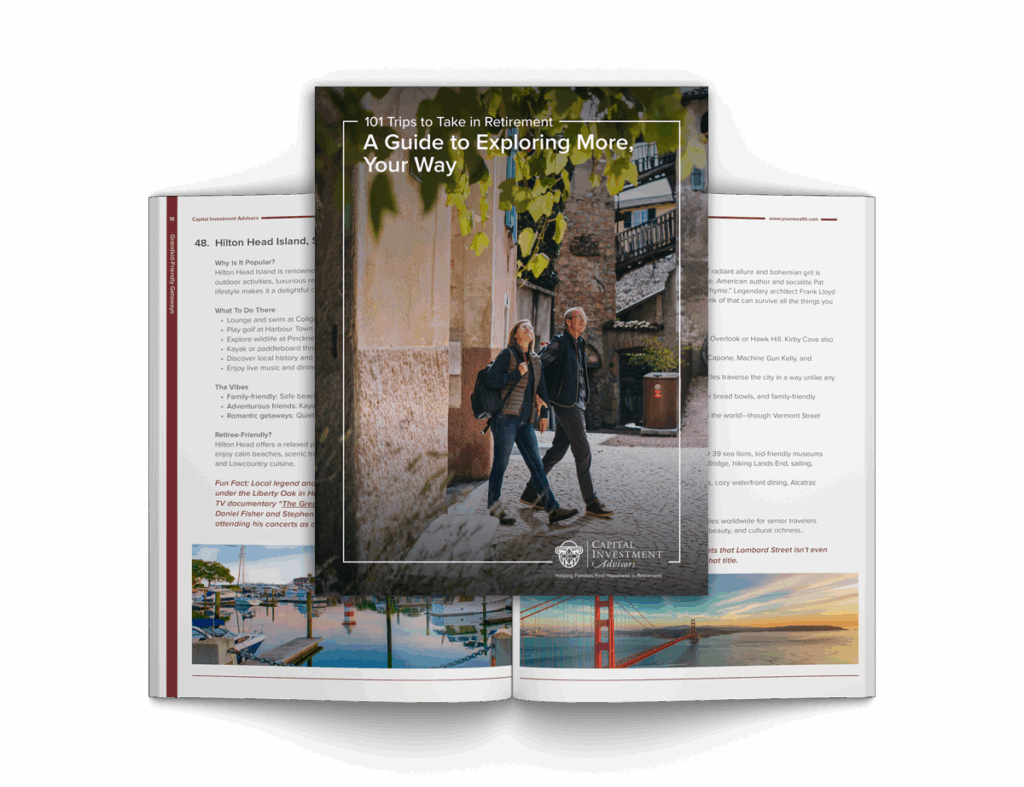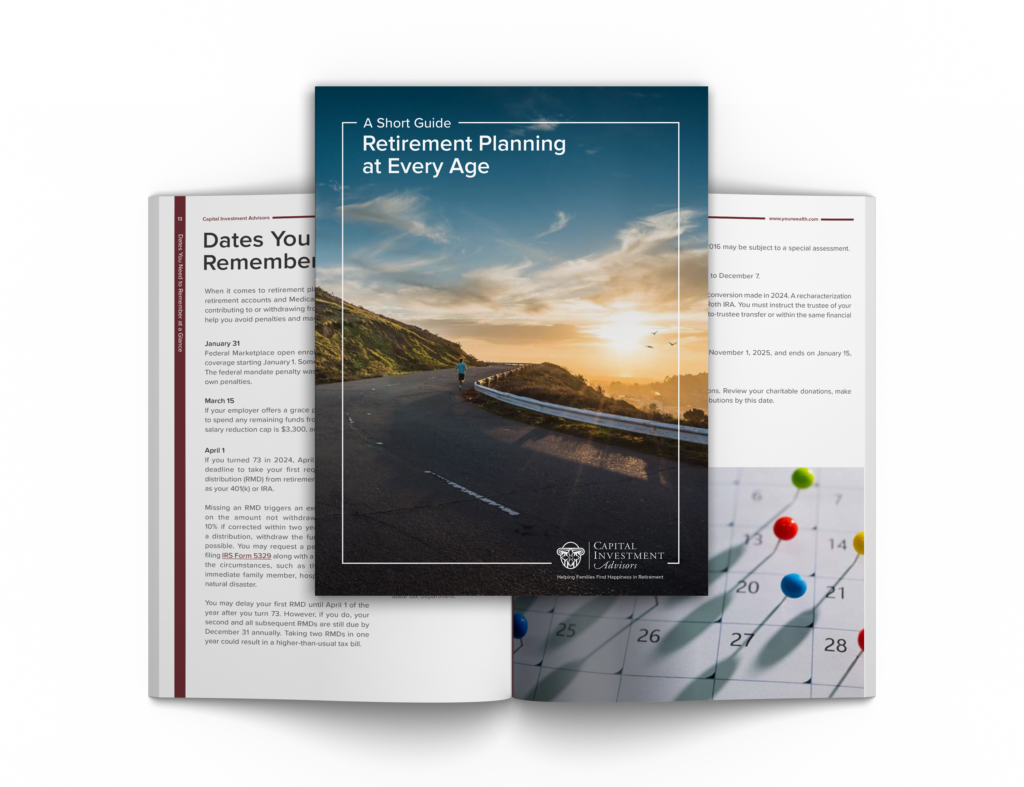A friend of mine, Harry, is an empty nester whose son, Harry Jr., attends the University of Alabama (Roll Tide). Now imagine Harry Jr. has a little too much fun at Gulf Shores during spring break and ends up in the ER. Here’s a fun fact: the age of majority in Alabama is 19. Guess how old Harry Jr. is? Yep, 19. That means he’s legally an adult. Without an Alabama Advanced Directive for Health Care, Harry Sr. suddenly has no legal right to help his son make medical decisions. A simple document could make all the difference, especially when time is of the essence.
There are things in life we don’t want to think about or acknowledge—but we should. Estate planning falls squarely in that camp. It’s not fun to talk about, but it’s a whole lot harder on your family if you don’t have a plan in place before tragedy strikes.
Don’t assume you only need a Last Will & Testament once you’re “old.” Anything can happen at any time. Even a bare-bones plan is better than leaving your family completely unprepared, especially if there are minor beneficiaries in play.
So, where is a good place to start? At the very least, I recommend speaking with an estate attorney about creating what I call the “Estate Planning Trinity”:
- Last Will & Testament (LW&T)
- Financial Power of Attorney (POA)
- Advanced Directive for Health Care (ADHC)
What Is the Estate Planning Trinity?
At a high level, your Last Will & Testament (and any named beneficiaries) comes into play when you pass away, transferring assets that require a court order to your beneficiaries through the court proceeding known as probate.
Your Financial Power of Attorney and Advanced Directive for Health Care nominate a trusted person to step in if you’re living but incapacitated or otherwise unavailable —whether from an accident, coma, diminished capacity, or special needs, to make financial or medical decisions on your behalf.
Why Beneficiary Designations Are Just as Important
In addition to the Estate Planning Trinity, every account you own—bank accounts, brokerage accounts, IRAs, Roths, 401(k)s, etc. has the option to name beneficiaries. Beneficiary designations supersede the provisions of your LW&T
Here’s the simplest way to explain it:
- Say you have $1 million in an IRA, and you list your cat Whiskers as the beneficiary.
- Your LW&T leaves everything else to your trusty dog, Fido.
- When you pass away, Whiskers inherits the seven-figure IRA, without having to go through probate. Fido gets what’s left that falls under your Last Will & Testament through probate.
That’s the key distinction between non-probate assets (assets jointly held with at least one other person with rights of survivorship or assets with named beneficiaries) and probate assets (assets in your individual name without assigned beneficiaries). Non-probate assets pass directly to the next person, people, and/or organizations assigned with a valid death certificate.
Examples of Common Probate vs. Non-Probate Assets:
- Non-Probate Assets: IRAs, 401(k)s, life insurance policies, bank accounts with “payable on death” designations
- Probate Assets: real property, vehicles, collectibles, personal property, and accounts without a beneficiary designation
However, there are ways to convert common probate assets to non-probate assets. That’s where a trust can come into play—but that’s a deeper discussion with your financial advisor and estate attorney.
What Happens If You Don’t Have a Will?
Estate laws vary from state to state. That’s why it’s important to remember your Estate Planning Trinity is statutory—it’s tied to the laws of the state where you live. If you created your plan in the Peach State (GA) but retire in the Palmetto State (SC), a South Carolina licensed attorney should review your existing estate planning documents to confirm if anything needs to be updated in accordance with your state law.
If someone passes away without a LW&T aka intestate, the estate can still be settled, but it takes a different process. Generally, the next of kin requests “letters of administration” from the probate court to gain the authority to act on behalf of the estate—collect assets, pay bills, file taxes, settle the estate, etc.
I recently walked alongside a family who lost their son to cancer, and I can tell you—it’s overwhelming enough without having to chase down legal paperwork.
Estate Planning Basics: Bottom Line
- Create a beneficiary plan for accounts you own. Easy, inexpensive, and half the battle.
- Execute, at minimum, a basic estate plan with a local licensed estate attorney—covering the Estate Planning Trinity (LW&T, POA, ADHC). And don’t just sign it — share it. Consider asking your advisor to keep an executed copy on file and provide copies to your executor, named POA agent, and ADHC agent(s) — or at least let them know where to find it in an emergency.
- Have a conversation with your financial advisor and estate attorney about whether a trust makes sense for your situation.
Final Thoughts
Estate planning isn’t about being morbid. It’s about being thoughtful. It’s the kind of gift your loved ones will be grateful for—hopefully not anytime soon, but one day when it matters most.
If you’d like help with estate planning, schedule a conversation with one of our advisors today to take the next step toward a thoughtful, well-executed plan.
This information is provided to you as a resource for informational purposes only. This information is not intended to, and should not, form a primary basis for any decision that you may make. Always consult your own legal advisor before making any estate planning considerations or decisions. The views and opinions expressed are for educational purposes only as of the date of production and may change without notice at any time based on numerous factors.












